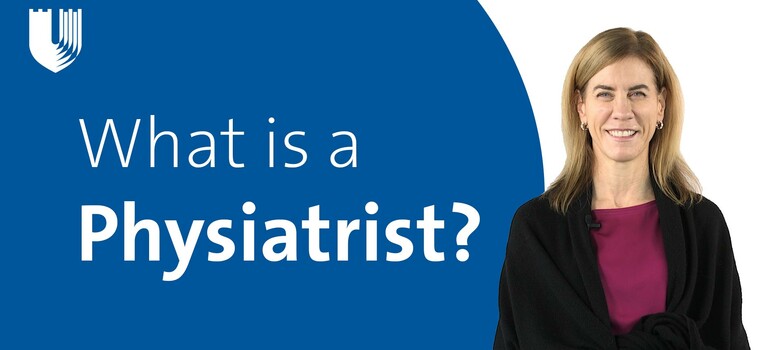Ready to Do Something About Your Back and Neck Pain?
Duke’s Spine Health Program Helps You Feel Better with Less Risk

When it comes to treating back and neck pain, starting with conservative treatments like physical therapy, chiropractic manipulation, and acupuncture is usually better for you in the long run. Pain relief is often more substantial and lasts longer, quality of life is higher, and there are fewer risks. Unfortunately, many people and providers skip ahead to options like medications, spine injections, and surgery. The Duke Spine Health Program wants to make sure you get the right treatment for your pain, so you can experience the most pain relief with the lowest risk.
The program takes a patient-centered approach to care and considers your physical, mental, and spiritual health when treating your pain. With this in mind, your treatment may include massage, yoga, mindfulness, and more. However, if these methods aren’t effective, “we won’t hesitate to refer you for more advanced care,” said Christine Goertz, DC, PhD, Vice Chair for Implementation of Spine Health Innovations at Duke Orthopaedics.
Here, Goertz explains what the Duke Spine Health program is and why you should seek care if spine pain is keeping you from enjoying your daily activities.
What Is the Duke Spine Health Program?
Duke’s Spine Health Program focuses on connecting people with physical therapists and chiropractors who are trained to provide safe and effective spine care treatment. Because of their specialized training, our spine health experts may be able to help even if you’ve seen other physical therapists or chiropractors without success. In addition to offering the full range of conservative treatment options, we provide patient-specific coordinated education and self-management tools so you can feel better and stay better.
We Start with Conservative Treatments
With the right care, most back pain episodes resolve within six weeks, so rushing to imaging scans and starting invasive treatments, which come with risks, could do more harm than good. The Duke Spine Health Program’s approach to treating back pain and neck pain is backed by evidence-based guidelines1 and research2 showing that patients who receive conservative care early on often have better outcomes and are less likely to develop chronic spine pain.
Get an Appointment Quickly
According to Goertz, patients can usually get an appointment within a one to two weeks. If you need to be seen sooner, you may be able to get an appointment the same day or the next day.
What to Expect at Your First Appointment
During your initial evaluation, our Spine Health clinicians will ask about your medical history and perform a physical exam. Then they will discuss what treatment option is best for you, whether that is conservative care or a referral to specialty care for additional evaluation and treatment.
We Refer You for Advanced Care Quickly When Needed
Duke's Spine Health clinicians see patients who are at least 18 years old and who have had low back or neck pain for any amount of time. However, you’ll be referred for more advanced care quickly if “red flag” symptoms accompany your pain, so make sure to mention if you're also experiencing any of the following:
- Bowel or bladder problems
- History of cancer
- Recent surgery
- Traumatic injury
- Worsening weakness, numbness, or loss of feeling in your arms or legs



